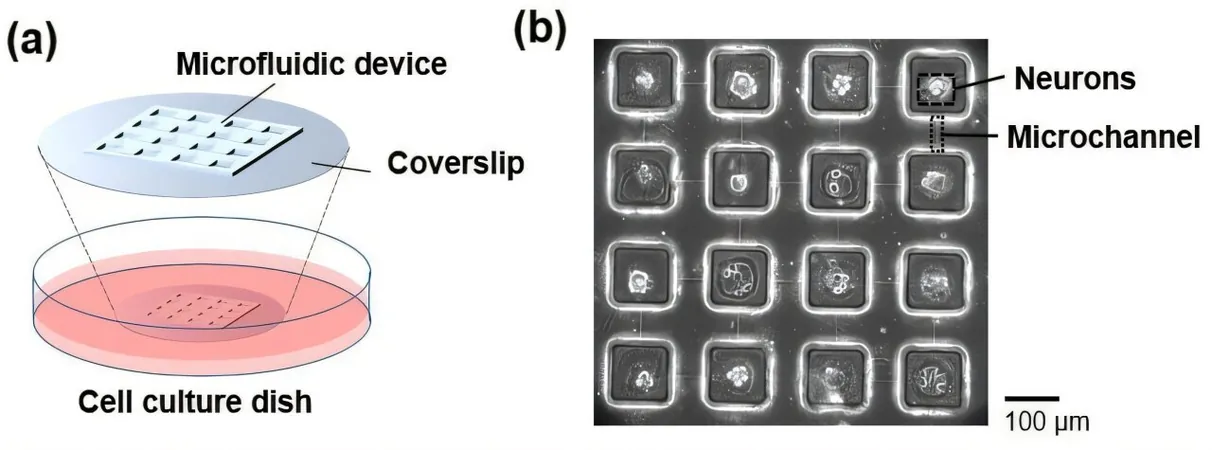
NASA's Stunning Webb Telescope Images Revolutionize Our Understanding of Planet Formation!
2024-12-16
Author: Benjamin
Introduction
NASA has unveiled breathtaking new images captured by the James Webb Space Telescope that challenge long-standing theories about the formation of planets.
Webb's Observations
These high-resolution images reveal planet-forming disks around ancient stars, providing crucial support for earlier findings from the Hubble Space Telescope that had previously remained unverified.
Focus on NGC 346
The Webb telescope turned its gaze toward the Small Magellanic Cloud, a neighboring dwarf galaxy to our own Milky Way. Specifically, it focused on a stellar cluster known as NGC 346, which NASA describes as an excellent model for understanding conditions that existed in the early universe.
Significance of the Findings
Remarkably, the environment around NGC 346 is devoid of the heavier elements commonly associated with planet formation, making these new findings even more significant.
New Insights into Protoplanetary Disks
What’s groundbreaking about Webb's observations is the detection of light spectra indicating that protoplanetary disks are thriving around stars older than 20 to 30 million years.
Challenging Previous Assumptions
This contradicts previous assumptions that such disks would have dissipated within a few million years due to intense stellar radiation. The findings suggest that these disks are not only enduring but also have extended periods to accumulate the necessary dust and gas for planet development.
Theories on Disk Persistence
NASA highlights two main theories that could explain the persistence of these disks. One possibility is that the radiation pressure from stars in NGC 346 weakens more slowly than anticipated, allowing planet-forming material to remain longer. Alternatively, in environments with fewer heavy elements, the larger gas clouds required for forming stars like our Sun may naturally generate bigger disks that take longer to fade.
Conclusion
Regardless of which theory holds true, the stunning images from the Webb telescope provide compelling evidence that our understanding of planet formation is still evolving.
Future Research
These discoveries open new avenues for research, hinting at the complex processes that might govern not just our galaxy, but others as well.
Looking Ahead
As scientists continue to analyze this data, we may be on the verge of a paradigm shift regarding how we perceive the cosmic birth of planets. Stay tuned, as these revelations could be just the beginning of a remarkable journey into the depths of our universe!









 Brasil (PT)
Brasil (PT)
 Canada (EN)
Canada (EN)
 Chile (ES)
Chile (ES)
 España (ES)
España (ES)
 France (FR)
France (FR)
 Hong Kong (EN)
Hong Kong (EN)
 Italia (IT)
Italia (IT)
 日本 (JA)
日本 (JA)
 Magyarország (HU)
Magyarország (HU)
 Norge (NO)
Norge (NO)
 Polska (PL)
Polska (PL)
 Schweiz (DE)
Schweiz (DE)
 Singapore (EN)
Singapore (EN)
 Sverige (SV)
Sverige (SV)
 Suomi (FI)
Suomi (FI)
 Türkiye (TR)
Türkiye (TR)